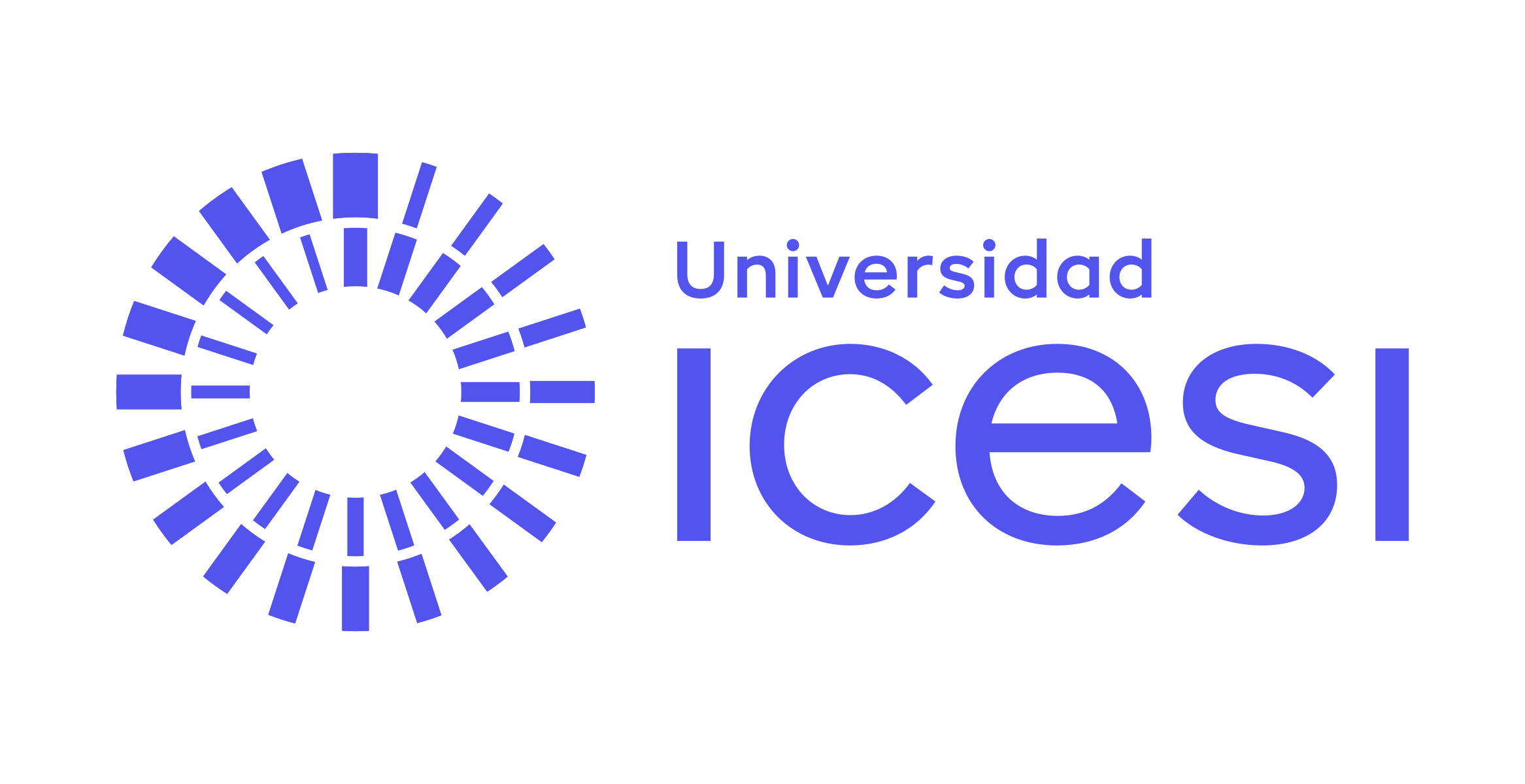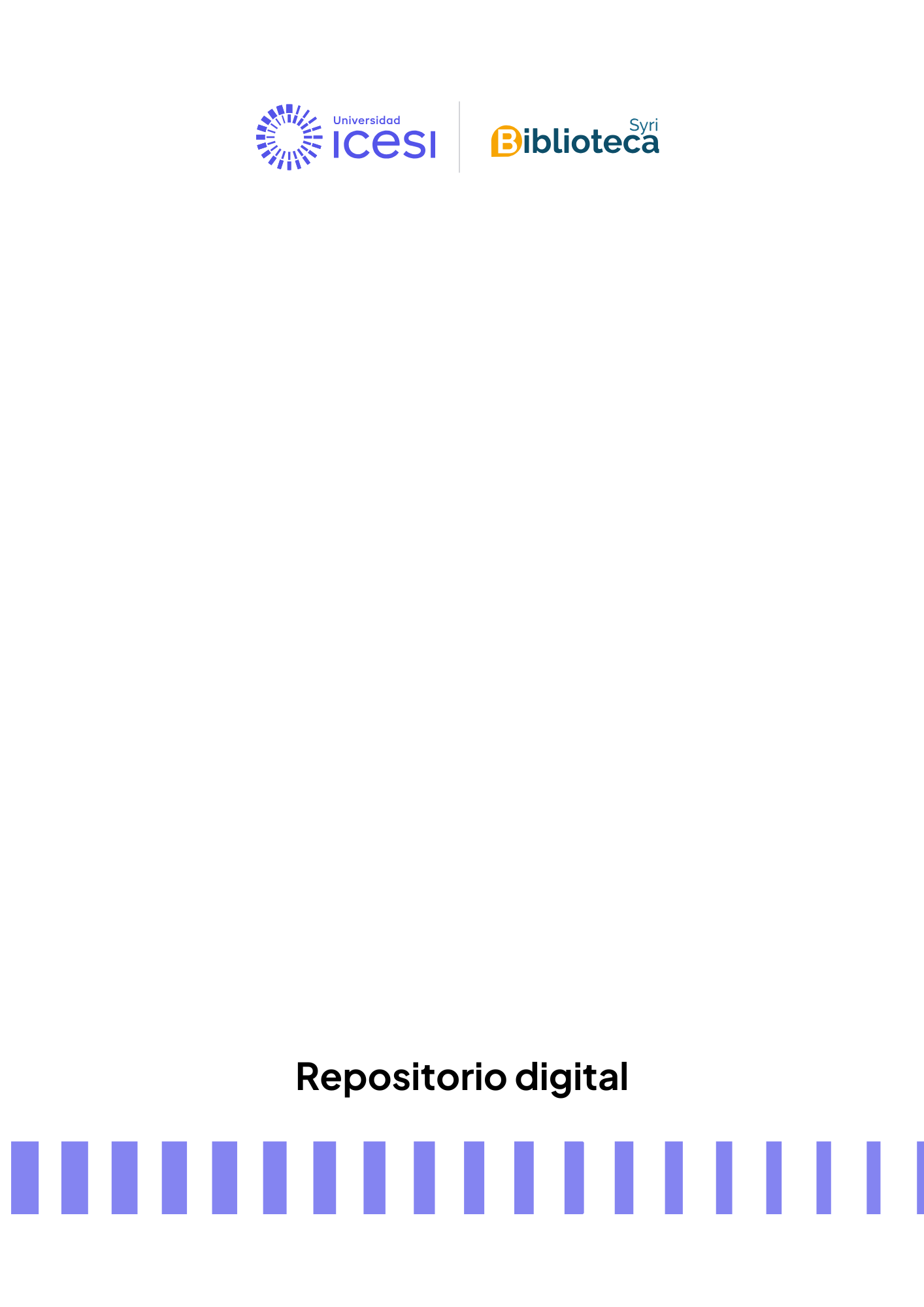Sistemas y Telemática Vol.13 No. 34
URI permanente para esta colecciónhttp://hdl.handle.net/10906/81436
Examinar
Envíos recientes
Ítem Considerations about energy consumption in sensor nodes over wireless personal area networks using MiWi protocol(2015-07-01) Meneses Benavides, Gustavo; Benavides, Gustavo MenesesAdopting techniques to increase operation time of battery-powered sensor nodes in wireless networks is necessary when implementing practical monitoring applications intended to run over extended periods of time. Energy harvesting; DC-DC converter techniques; and features of modern microcontrollers like extreme lower consumption, Sleep and Idle states, can contribute to improve the performance of network nodes. Designers can also use the possibilities offered by special protocols for wireless sensor networks, routing algorithms, and data aggregation plus collection strategies. Issues related to the process of design and implementation of an energy-efficient sensor node operating under IEEE 802.15.4-compliant MiWi protocol from Microchip® Technology are presented. Operating tests were conducted in different hardware/firmware scenarios in order to verify the changes in node’s performance depending on the adopted configuration.Ítem Implementation of transition and coexistence mechanisms for IPV4-IPV6 protocols in computer centers on supported high performance academic networks(2015-07-01) Zambrano, Víctor José Arrieta; Martínez Alayón, Carlos Andrés; vjarrietaz@correo.udistrital.edu.co; Ferro Escobar, Roberto; Arrieta Zambrano, Víctor JoséThis document aims to contextualize the reader about some of the mechanisms that currently exist for IPv4-IPv6 transition and evidence some aspects that must be taken into account when evaluating and implementing some of them, specifically in centers of high performance computing and academic networks to support research projects. It also aims to show the implementation and support of IPv6 in e-learning technology platforms.Ítem Remote Sensing for Agricultural Crops Based on a Low Cost Quadcopter(2015-07-01) Espino, Agapito Ledezma; Campo Arcos, Liseth Viviana; Corrales Muñoz, Juan Carlos; Ledezma Espino, AgapitoThis paper presents a proposal for information gathering from crops by means of a low-cost quadcopter known as the AR Drone 2.0. To achieve this, we designed a system for remote sensing that addresses challenges identified in the present research, such as acquisition of aerial photographs of an entire crop and AR Drone navigation on non-planar areas arises. The project is currently at an early stage of development. The first stage describes platform and hardware/software tools used to build the proposed prototype. Second stage characterizes performance experiments of sensors stability and altitude in AR Drone, in order to design an altitude strategy control over non-flat crops. In addition, path planning algorithms based on shortest route by graphs (Dijkstra, A* and wavefront propagation) are evaluated with simulated quadcopter. The implementation of the shortest path algorithms is the beginning to full coverage of a crop. Observations of quadcopter behavior in Gazebo simulator and real tests demonstrate viability to execute the project by using AR Drone like platform of a remote sensing system to precision agriculture.Ítem Towards a Standardized User Model for Personalized Systems in Health(2015-07-01) Gutiérrez, Diego Mauricio López; Cerón Ríos, Gineth Magaly; López Gutiérrez, Diego Mauricio; Rico Olarte, Carolina; Girón Buitrón, Edwar JavierThe definition of a user model supports personalization in computer-based systems. For a personalized system in health, which supports the promotion of healthy habits and lifestyles, in particular physical activity and healthy diet, a user model according to the ISO/TR 14292 standard for Personal Health Records [PHR] is proposed. The description of the standardized user model includes: a characterization of the user model; the proposed user model according to the ISO standard; the relationships and inferences of the user model; and reference architecture for the system to be developed. Finally, a prototype with a small dataset is implemented and some possible mockups supporting the proposed architecture are designed.Ítem Service Development Model in Intelligent Transportation Systems for Colombian Cities(Universidad Icesi, 2015-07-01) Montoya, Dorancé; Liscano, Tomás A.; Pachon De La Cruz, AlvaroMobility and transportation are the keys to a competitive city. There is a close relationship between the development of a transportation infrastructure and the economic growth of a city. Efficient transportation improves the live of citizens and brings production centers closer to markets, thus favoring commerce. This article presents a model for the planning and deployment of services in the Intelligent Transportation System [ITS] of Colombian cities. This model takes regulations, frameworks and standards into account. The planning and deployment of a traveler information service is shown as a practical application. An experimental prototype of this service is currently being tested at three locations in Cali, Colombia.

